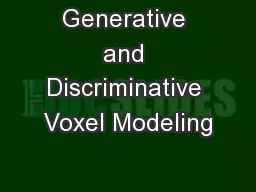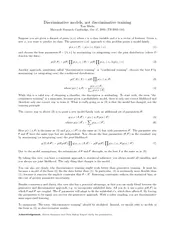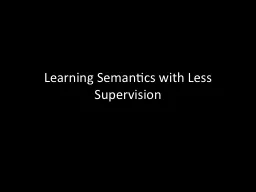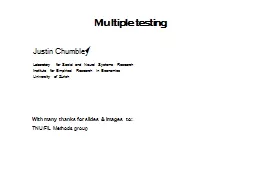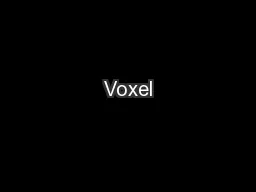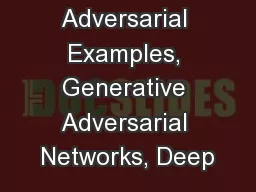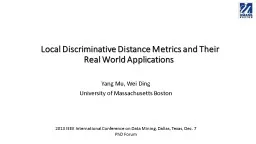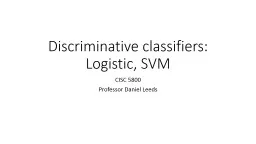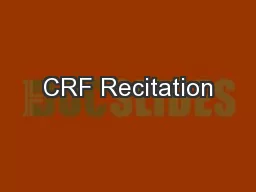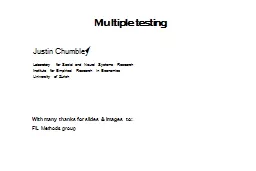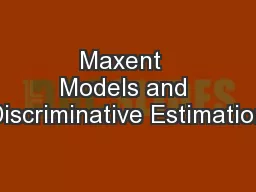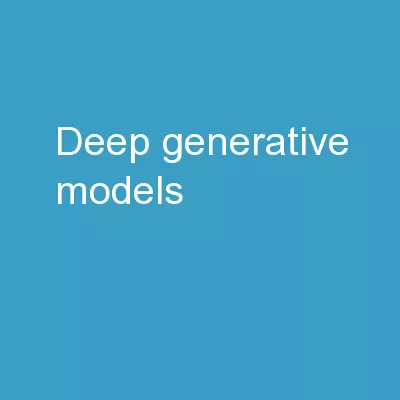PPT-Generative and Discriminative Voxel Modeling
Author : calandra-battersby | Published Date : 2017-07-02
Andrew Brock Introduction Choice of representation is key Background VoxNet Maturana et al 2015 Background VAEs Background VAEs VAE Architecture Reconstruction
Presentation Embed Code
Download Presentation
Download Presentation The PPT/PDF document "Generative and Discriminative Voxel Mode..." is the property of its rightful owner. Permission is granted to download and print the materials on this website for personal, non-commercial use only, and to display it on your personal computer provided you do not modify the materials and that you retain all copyright notices contained in the materials. By downloading content from our website, you accept the terms of this agreement.
Generative and Discriminative Voxel Modeling: Transcript
Download Rules Of Document
"Generative and Discriminative Voxel Modeling"The content belongs to its owner. You may download and print it for personal use, without modification, and keep all copyright notices. By downloading, you agree to these terms.
Related Documents

